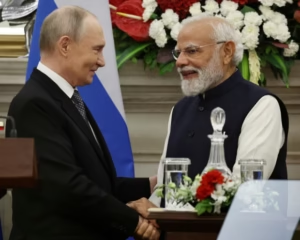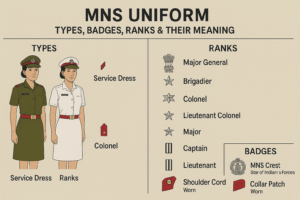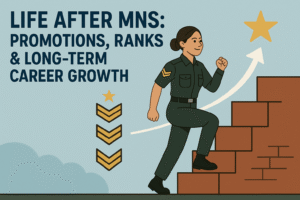The Bhoodan Movement, also known as the “Land Gift Movement,” was a landmark socio-political initiative in India that aimed to address the stark inequalities in land ownership. It was launched by Acharya Vinoba Bhave in 1951, inspired by the ideals of Mahatma Gandhi and deeply rooted in the principles of non-violence, compassion, and social justice.
Background and Origins
Post-independence India faced numerous challenges, one of the most pressing being the inequitable distribution of land. While a few wealthy landlords owned vast stretches of fertile land, millions of peasants and laborers remained landless, leading to widespread poverty and social unrest.
It was in this context that Acharya Vinoba Bhave, a devoted follower of Mahatma Gandhi, initiated the Bhoodan Movement. The turning point came in Pochampally village, in present-day Telangana, where Bhave, during a visit, was moved by the plight of landless villagers. When he appealed to the local landlords for help, one of them, Rama Chandra Reddy, voluntarily donated 100 acres of land. This selfless act became the seed of a much larger movement.
Objectives of the Bhoodan Movement
-
Voluntary Redistribution: To persuade landowners to donate a portion of their land to landless peasants without coercion.
-
Peaceful Transformation: To achieve social change through non-violence and moral persuasion rather than legislation or revolution.
-
Sarvodaya: The Gandhian ideal of welfare for all, especially the poorest and most marginalized.
Spread and Impact
After the initial success in Telangana, Vinoba Bhave traveled extensively across India, walking from village to village, appealing to landowners to donate land. His humility, moral authority, and spiritual presence inspired many to come forward.
By the early 1960s, the movement had reportedly received over 4 million acres of land pledged for donation.
The movement also gave birth to the concept of Gramdan (village gift), where entire villages collectively agreed to treat land as community property.
Successes and Limitations
Successes:
-
Raised awareness about land inequality and social justice.
-
Mobilized a large number of people through non-violent and spiritual methods.
-
Highlighted the potential of moral persuasion in achieving reform.
Limitations:
-
Many donated lands were unfit for cultivation or legally disputed.
-
Lack of proper legal frameworks delayed actual redistribution.
-
The sustainability of the movement declined after the death of Vinoba Bhave in 1982.
Legacy of the Bhoodan Movement
The Bhoodan Movement remains a unique experiment in voluntary social reform and non-violent activism. It stands as a testament to the power of moral leadership, grassroots mobilization, and Gandhian philosophy in addressing systemic inequalities.
Though it could not entirely solve the problem of landlessness in India, it did sow the seeds for future land reforms and inspired generations to think deeply about social equity, rural development, and the power of compassion in governance.
Conclusion
The Bhoodan Movement was not just about land—it was about human dignity, social justice, and the belief that true change begins in the hearts of individuals. In an era dominated by conflict and coercion, the Bhoodan Movement remains a shining example of how peaceful methods can be harnessed to bring about meaningful transformation in society.






